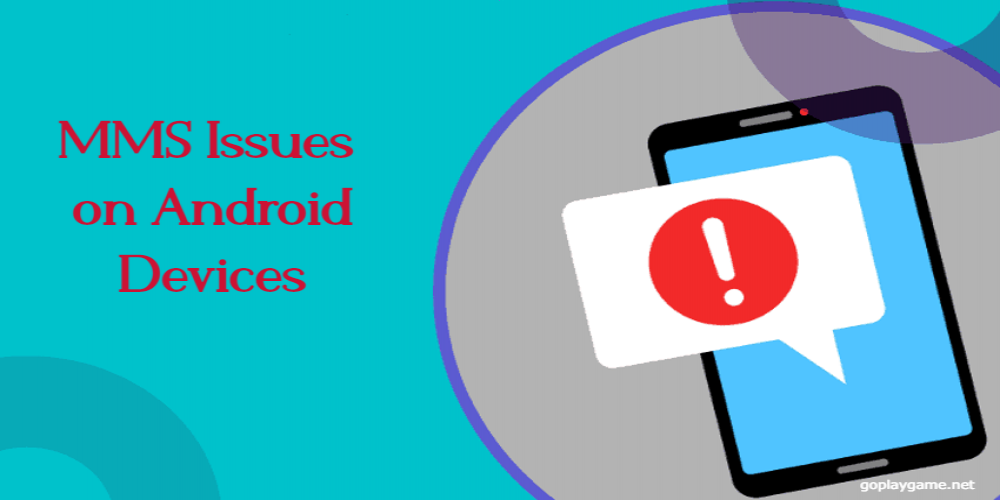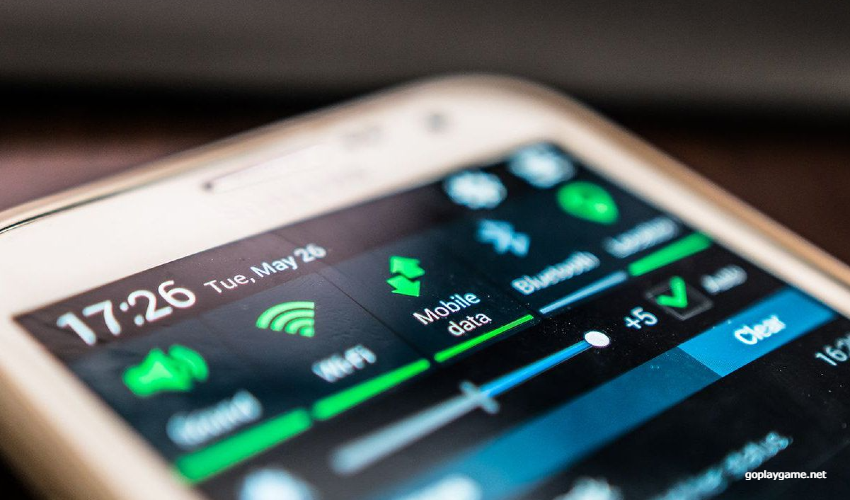Understanding and Resolving MMS Issues on Android Devices
- May 29, 2023
- 325

Multimedia Messaging Service (MMS) allows users to send and receive media files like pictures, videos, or audio clips along with regular text messages. Occasionally, Android users may face issues while sending or downloading MMS messages. This article aims to help you troubleshoot these problems and offers practical solutions to get your MMS messaging back on track.
Why Is MMS Not Working on Android?
Various factors can contribute to issues with MMS, such as network connectivity problems, incorrect app settings, or outdated software. The following sections provide detailed explanations and steps to fix common MMS issues on your Android device.
1. Force Close and Reopen the Messages App
Sometimes, unresolved bugs in the Messages app can cause temporary glitches in its functionality. Force closing and reopening the app resets its processes and can help resolve minor errors. Navigate to your phone's settings, find the "Apps" section, select "Messages," then tap "Force Stop." Afterward, reopen the app and try sending an MMS message again.
2. Switch to Mobile Data
MMS services usually don't work over Wi-Fi connections; it relies extensively on mobile data networks for sending multimedia files. Verify if your phone has an active internet connection through mobile data when attempting to send an MMS message.

3. Activate Background Data Usage for the Messages Application
If background data usage for the Messages app is disabled on your Android device, you may experience delays or failures in receiving MMS messages. Enable background data usage in your phone's setting by navigating to "Apps," locating "Messages," then selecting "Mobile Data" or a similar option before toggling it on.
4. Enable Auto-Download MMS Option
If your device's settings prevent automatic downloads of MMS messages, they may not load properly or fail to display inline. Check the settings within your Messages app to ensure the option for auto-downloading MMS is active.
5. Reset APN Settings
Incorrect Access Point Name (APN) settings could lead to unsuccessful MMS transmissions. These settings control how your device connects to mobile data networks when sending and receiving multimedia files. Resetting APN settings or manually entering the correct information (provided by your carrier) can resolve any issues related to incorrect configurations.
6. Clear App Cache
Accumulated temporary data stored in the Messages app cache could cause performance issues or errors in functionality; clearing this cache may correct any problems you're facing with MMS messages. In "Settings," locate "Apps," select "Messages," then tap on "Storage" and choose "Clear Cache;" restart your messaging app afterward and test out the MMS feature.

7. Update the App
Running an outdated version of an app may lead to compatibility and performance issues, including errors with MMS messaging functionality. Keep your phone updated with the latest software by checking for available updates regularly in Google Play Store or another Android app store, then installing them as needed.
8. Change the Default Messages App
If all else fails, consider using an alternative messaging app for handling MMS messages on your Android device – numerous top-rated options are available in Google Play Store that could potentially resolve any lingering issues with your current default app.
MMS Messaging: Download Without Errors
In conclusion, experiencing difficulties with MMS messages on your Android device can be frustrating, but these troubleshooting steps should help identify and address the root cause. By checking connectivity options, adjusting app settings, resetting configurations, or even trying an alternative messaging app, you can ensure seamless MMS functionality and communication on your Android device. With these solutions in hand, you'll never have to worry about missed or malfunctioning multimedia messages again.